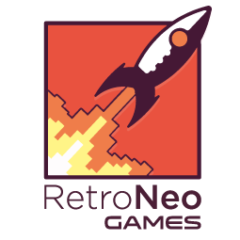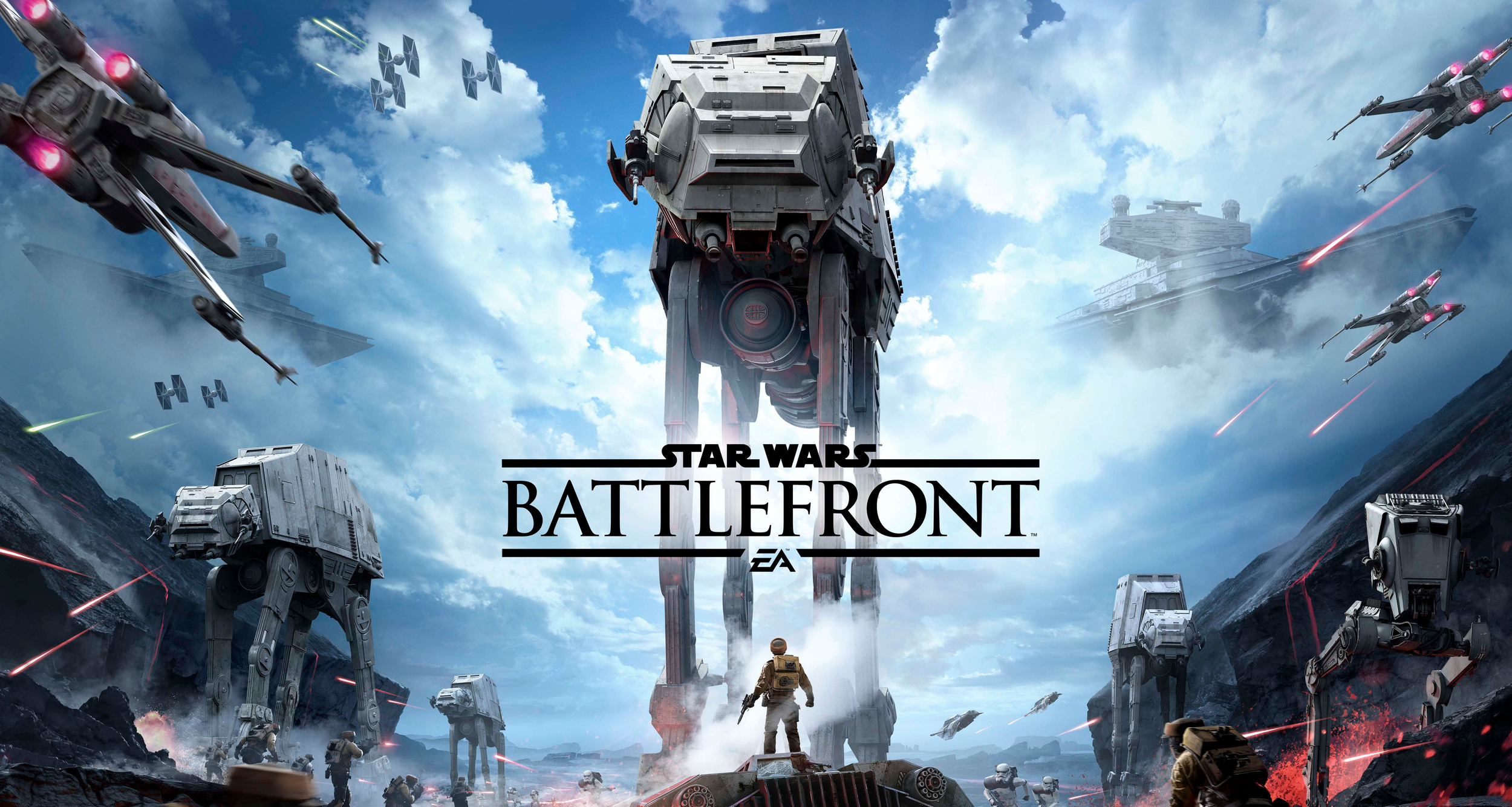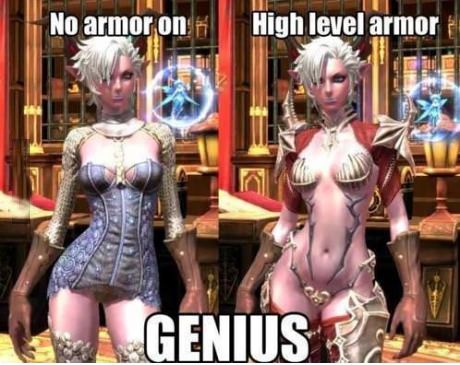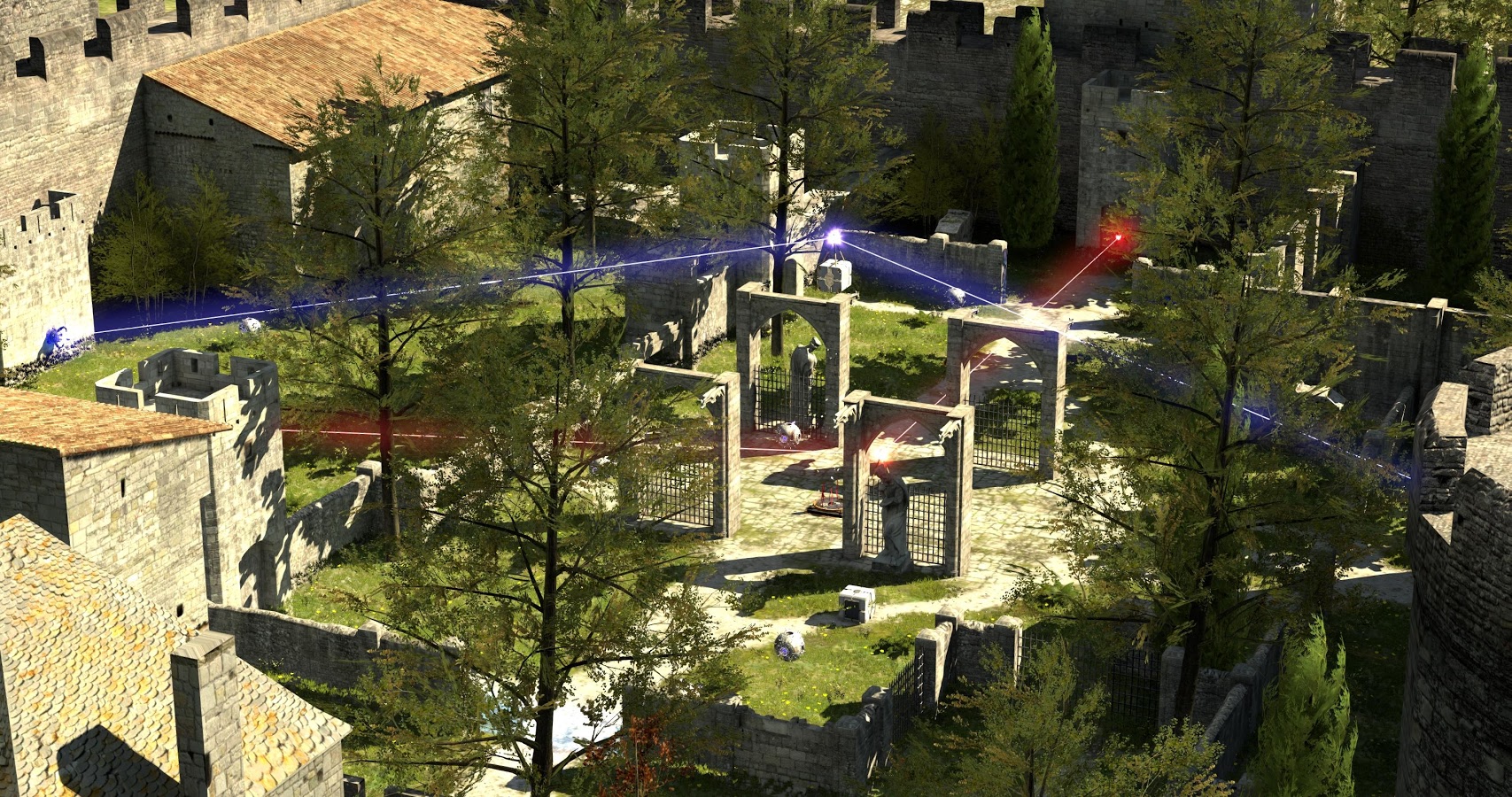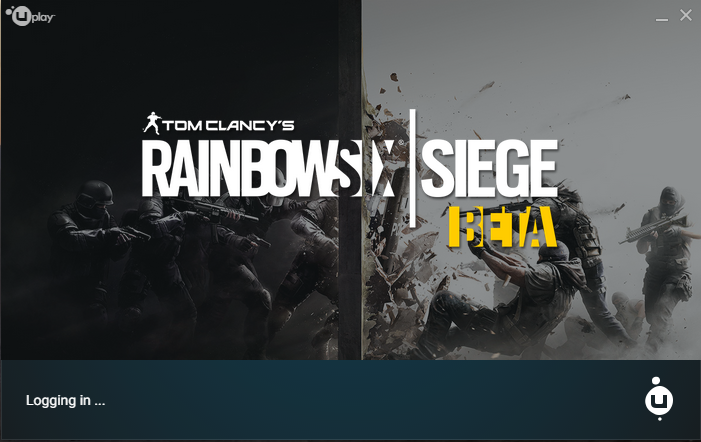
This weekend I’ve been playing the (I think) third and (definitely) final Beta before the game releases properly next Tuesday December 1st. I played the previous Beta also but didn’t share my thoughts. I just want to do so today as it follows nicely on from last week’s blog about First Person Shooter campaign modes dying off.
This isn’t a review of the game. The game isn’t out yet (so, technically this would be more of a Preview anyway) and I’ve only seen a fraction of what the game has to offer, so it wouldn’t be fair to judge. However, the fraction I saw was a huge chunk of what the gameplay is, and enough for me to make up my own mind about the game.
The Beta had three maps, which can be played in day or night modes. The final game launches with eleven but more will become available for free download. The Beta’s maps were the artistically-named ‘House’ (which everyone is probably familiar with by now from all the gameplay footage), ‘Kanal’ (it has a big cargo ship in the background but is set on the quays), and ‘Hereford’ (which is the base in the UK where Rainbow Six operate from in the original Tom Clancy novel).
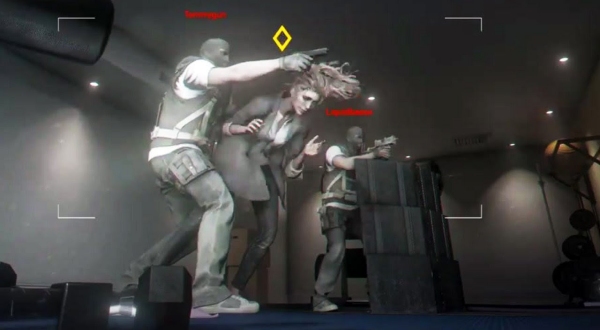
The maps didn’t offer much variety for my money. They’re all pretty strong levels, don’t get me wrong, but the gameplay, at least for a beginner, is pretty much the same wherever you are. Breach, clear, try not to get flanked, repeat. Each level will of course have its own quirks and characteristics, and when teams really get used to them and develop preferred approaches, that’s when we’ll see the levels really shine. But for now, I didn’t care which map I was on, which was good because none of the game modes let me choose what level to go to, not even single player!
Lone Wolf mode (Single Player)
This mode was new for the Open Beta. The closed beta a few months ago didn’t have it. When you select “Terrorist Hunt” mode, the game’s 5 player vs AI co-op mode, you can now choose to tackle it as a ‘lone wolf’. I was informed on the menu that the AI are a little less accurate and do a little less damage. I have to say, it didn’t feel like the case.
As I said last week, I prefer to play single player modes, so this was the first one I went to in the Beta. It’s exactly the same as the 5 player co-op mode. There are two bombs to be deactivated and the interior of the level’s buildings are full of enemies. Almost every room has enemies, and when you alert them by shooting, breaking a window, or just being seen, many of them will break out of windows and move around to flank you.
Suffice it to say, this makes the game extremely difficult to play on your own. You really need other players to watch your back. If you go down in co-op mode, there’s a chance that another player will revive you before you bleed out. Not so in this mode. And your health doesn’t recharge like in so many modern shooters (I’m not complaining, but it’s hard in Lone Wolf mode). Every bullet that hits your armour brings you that much closer to death, and you can’t take many hits either. If you’re ever surprised from two angles at once, or ever caught in the open, you’re pretty much done for.

Add to that the heavies who have guns and explosive vests. They’ll charge you down and attempt to explode in your face. They were my most common cause of death. They take so many shots to kill that unless you spot them at the far end of a corridor and have a full clip of ammo, you’ll most often not have time to kill them before they get you. They do at least have a give-away Darth-Vader-breathing kind of sound that alerts you to stay on your toes.
Once I’d learned to allow for all of that, I finally managed to make my way to one of the two bombs on the map that have to be disarmed. These are always located in rooms with multiple entrances. Where there wasn’t an entrance before, there soon will be one. The AI spawn and start attacking from all directions, including second story windows and solid (looking) walls if they have to. As a single operative, it’s almost impossible to survive this stage. Indeed, I never did. If I had, I’d then have to do the same with the second bomb, with even less health than before due to all the bullet-sponging I’d have done at the first bomb site.
This was in ‘Normal’ difficulty. This is the easiest difficulty (go figure). There’s also ‘Hard’ and ‘Realistic’. I’m not a bad shooter player. I’ve twenty years of ‘training’ behind me. But even I couldn’t beat this mode. That said, I was using the default operative, as you have to earn points to unlock better/different operative who may have certain tech that makes the game easier (like heartbeat monitors. Are these real? They were in the original book, so that explains their presence in the game, but they amount to wall-hacking which gets you banned in other multiplayer games… anyway). But every class seems to get those robot spy droids, so it’s not like I couldn’t scout out rooms before getting to them, and still I couldn’t do it. Maybe heavier use of stun grenades might help me avoid those early hits and survive the later stages… hm.. must try again.

Another massive criticism I have for this mode is that it still gives you that 30 second timer for multiplayer levels to choose your character and ‘vote’ on your insertion point for the level. If you want to take longer with nobody waiting on you, you should be able to. You also can’t select the game level! I imagine that these things might be patched in the final game, but they’re ridiculous restrictions for now, and when added to the fact that the mode hasn’t really been re-balanced for play by a single person (never mind giving the player AI squad mates of their own), the mode is almost worthless.
Co-Op
This is how Terrorist Hunt is meant to be played. 5 players versus the AI team, securing two bomb sites, covering each other, reviving each other, and using 5 diverse gadgets and abilities to find an optimal way towards the objective.
In theory.
In practice, if you log into a random game, you’re unlikely to find anybody co-operating or speaking to each other, so it kind of becomes like 5 players just thrown into the single player mode. This is typical of any co-op game really. Unless you log in with 4 other friends and agree to co-operate, you won’t be playing the game the way it’s really meant to be played.
If you do have said friends, the party-creation system seems solid, and this could then be a great co-op game to play, but I can’t speak to that yet.
I do like the AI though. They talk to each other intelligently (“move up, move up”, or “I heard a noise in the basement”) and that lets you respond a little to what they’re about to do. They’re also quite intelligent, and I’ve already mentioned how good they are at flanking you.
Multiplayer 5 v 5
This is the real game. This is what Ubisoft intends to become an e-sport and their Counterstrike-beater. The new trailer (above), while not gameplay, does manage to summarise the wide range of gameplay possibilities in a very short amount of time. Give it a watch.
There are modes where the attackers must either rescue a hostage, deactivate a bomb, or just wipe the enemy team. Hostage rescue was missing from the Beta, unfortunately.
The defending team has a short period at the start of each round to fortify doors, set up portable cover and barbed wire, barricade windows, and take positions. There’s nowhere near enough time or equipment to barricade the whole house, so they have to work together to fortify select rooms effectively. Technically, they’re also meant to communicate and decide on their defensive strategies, but you so rarely see any of that. This really is a game designed for serious players and clans.
During this time, the attackers can only control little wheeled spy robots and zip around the level trying to spot where the bombs, hostages, and enemies are. If the defenders see these robots, they can try to shoot them to remove the spy, but they’re hard to hit. The attackers should formulate their attack plan based on the information, but again… sigh..
This cringey, hyper-scripted, uber-rehearsed gameplay video from E3 2014 is how the game is meant to be played.
Quite cool, no? This is how it’s usually played..
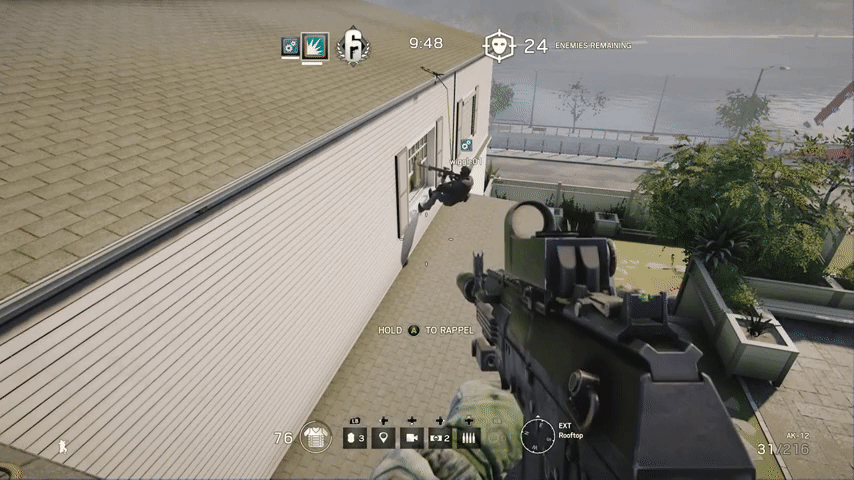
I’ll re-iterate; This game could really be special if you have a small clan to play with. You’ll learn to work together, you’ll have a dedicated shield guy, a hacker, and become a really specialised crew, competing online against other skilled teams (a nice feature is that each of the 20 specialists on offer can only be picked by one player at a time, so you can’t all be the shield guy, and are forced to work together). What Ubisoft intend for the game to be is something really special, but I think most of the people who buy the game will never get that experience.
RealBlast Destruction Engine
As you may have known, or should probably have worked out from the videos by now, the destruction engine is the real star of the show. I’ve never seen anything like it before. Blowing through select doorways is common enough in other games, but in nothing else have I been walking down a corridor, happy enough with life, only to have the dry wall to my right start exploding in on me with random gunfire.
The fact that almost anything can be destroyed, including with simple gunfire or melee strikes, the fact that it all looks good and convincing, and the fact that that destruction effectively changes the layout of the level is what makes this game unique.
It can get fairly chaotic, but it’s far more realistic. It’s a lot more like being in an action movie than a traditional shooting game, at times. I love how, no matter how well you know a level, and what way you’d normally like to approach it, the ways in which defenders reinforce certain walls, or whether enemies are rappelling in from the roof or invading the basement can completely change the feel of the level, giving them all a lot of mileage.
I also love how a stray gunshot could open a spy hole in the exterior wall and your silent flanking manoeuvre could be scarpered by someone catching a lucky glimpse of you.
Plans have to be adapted on the fly, and communication is key. This could make the game great, but I think it also means it’s not really for casual players.
In Summary
I think we’ll see pro players get a lot out of this game (if they migrate from playing Counterstrike), and we’ll see a big e-sports community form around those pro teams. The game is exciting to watch, no doubt! It’s just actually not that fun to play! That’s totally my own opinion (and while Planetside 2 is one of my favourite games, I’m not really one for smaller competitive multiplayer games).
Moreso than other multiplayer game, this one really requires cooperation and communication; something casual gamers aren’t known for. I think the destruction engine is beautiful, and for that reason alone I think it will do well enough on sales to casual players, but I think these same people will tire of the competitive mode and drift into Terrorist Hunt with one or two friends before ultimately moving on. I won’t be one of the ones buying it. €60 is too much for me to drop on a game I don’t actually enjoy playing. I feel I got all I wanted from it in the two Betas. There are so many shooters I can play without spending new money.
If you want a similar single player game (though the destruction will never compare), try the old but fantastic SWAT 4. It’s still not on GOG or any digital outlet so you may have to get creative to find a copy, but do drop GOG a request to get it on their store. You never know. “Squeaky wheels”, and all..
Until next time..
